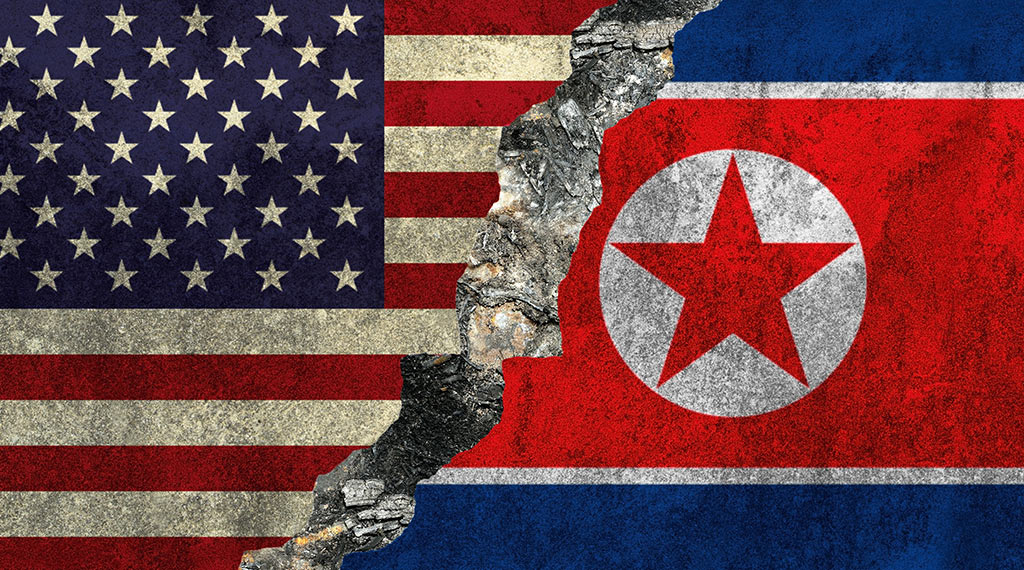
From the moment US President Joe Biden entered the White House, foreign crises have left his administration with barely enough time to draw breath.
While the course of US-French relations faces new obstacles and challenges after last week’s Indo-Pacific defense pact between the US, the UK and Australia, the nuclear threat posed by North Korea has returned to the fore following Pyongyang’s renewal of missile testing.
Last Wednesday, the Democratic People’s Republic of Korea launched two short-range ballistic missiles off its east coast, the second test in a week, saying that its patience with negotiations was wearing thin.
Amid doubts over Washington’s commitments to its partners in the wake of the Afghanistan debacle, the US sought to reassure its allies South Korea and Japan, as well as the international community, that it will not allow Pyongyang to infringe on neighboring countries.
“This activity highlights (North Korea’s) continuing focus on developing its military program and the threats that poses to its neighbors and the international community. The US commitment to the defense of the Republic of Korea and Japan remains ironclad,” the US Indo-Pacific Command said.
Despite all the soft and harsh warnings, Kim started his reign in 2011 by focusing solely on increasing the speed and scope of his program to build weapons of mass destruction, raising alarm in the US and the international community over what his next step would be if he realizes his forbidden dream.
This continuous threat has been a major foreign policy challenge to US governments for the past three decades. Neither US diplomatic efforts nor economic sanctions have succeeded in convincing the North Korean dictator to abandon his nuclear ambitions.
But what made Kim choose this path even as his country struggles with a dangerous pandemic, food shortages and an economic crisis? Is he looking for a chance to use his cruise and ballistic missiles to attack South Korea, or even the US?
Click HERE to read more.
- Mamdani’s Mayoral Bid Reflects Rising Alliance Between America’s Democratic Socialists and Radical Political Islam - August 18, 2025
- Jordan arrests a wake-up call to Muslim Brotherhood threat - April 21, 2025
- Giving Muslim Extremists a Pass Is Reflected in Canada’s New Guide to ‘Islamophobia’ - March 27, 2025
